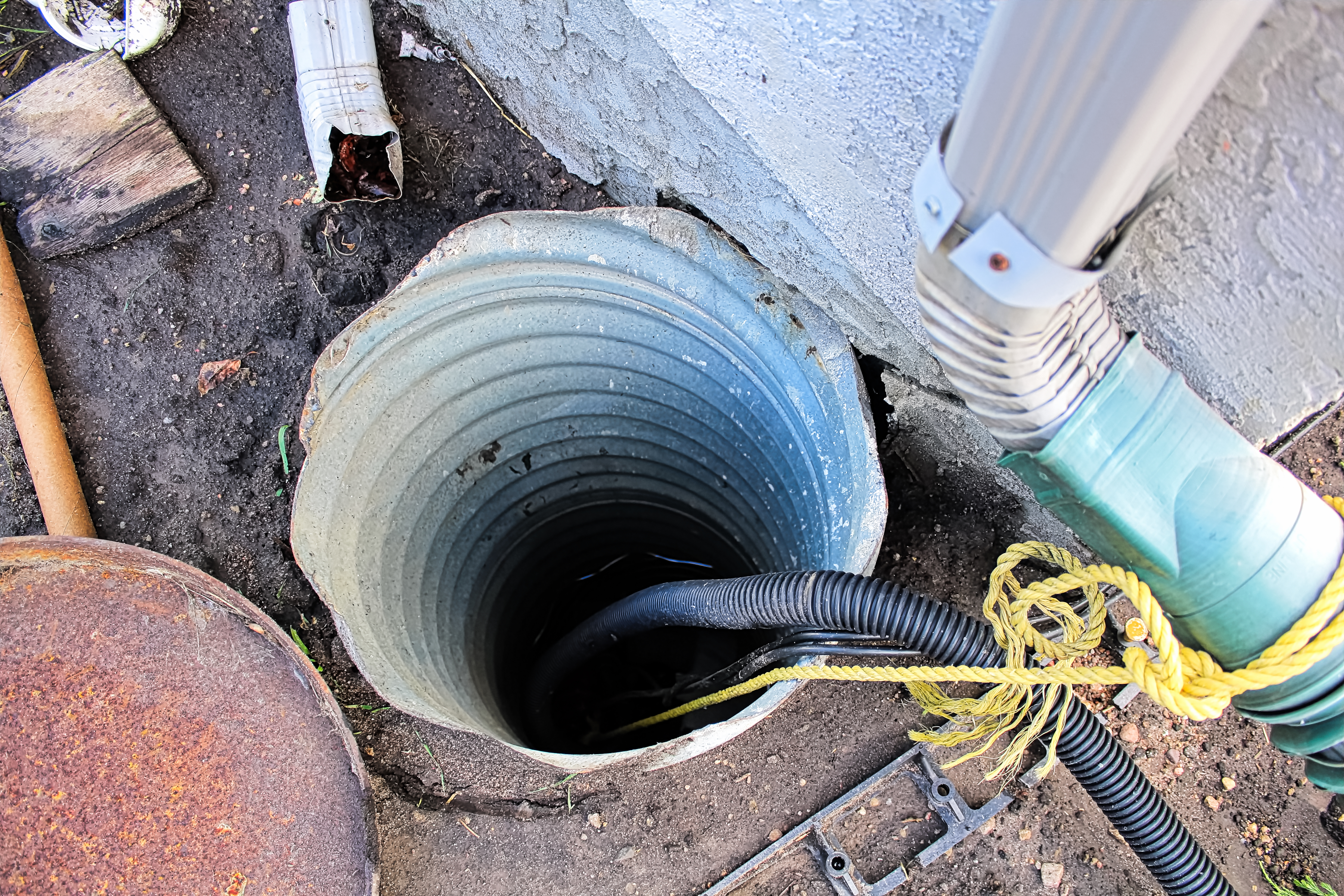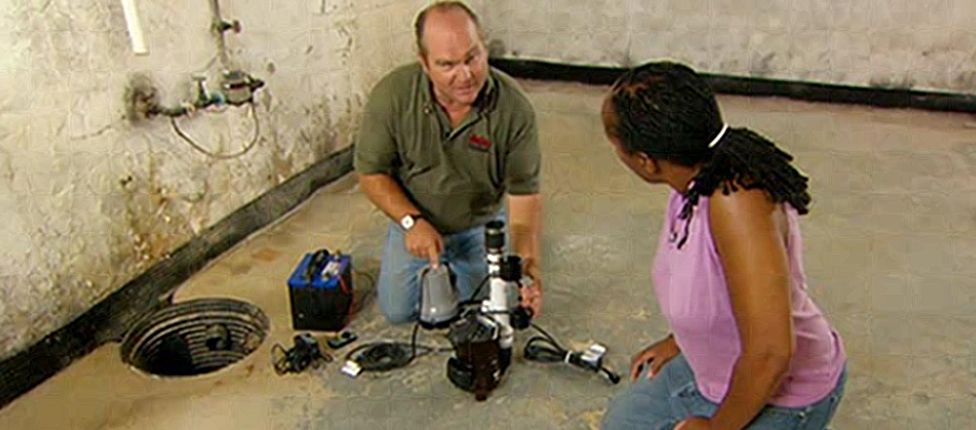Tested Methods for Cleaning a Sump Pump
Tested Methods for Cleaning a Sump Pump
Blog Article
Are you currently on the lookout for resources around Steps to Cleaning Your Sump Pump Properly?

Sump pumps are important elements in many homes, specifically in areas prone to flooding or too much wetness. They assist stop water damages by successfully getting rid of excess water from cellars or crawl spaces. Nonetheless, like any other device, sump pumps require normal maintenance to ensure they operate effectively when required one of the most. Cleansing your sump pump is a vital part of its upkeep, and recognizing exactly how to do it properly can save you from costly repair work and potential calamities.
Introduction
Keeping a clean sump pump is important for its proper performance and longevity. Disregarding this necessary task can cause obstructions, malfunctions, and eventually, water damage to your residential property. For that reason, discovering just how to cleanse a sump pump is critical for home owners who rely upon these devices to keep their basements dry and secured.
Signs of a Dirty Sump Pump
Understanding when your sump pump requires cleaning is essential for protecting against prospective malfunctions. Some usual indicators that show a filthy sump pump consist of strange sounds throughout operation, minimized water flow, and noticeable particles in the pit. If you notice any one of these symptoms, it's vital to cleanse your sump pump promptly to prevent any type of more concerns.
Getting ready for Cleaning
Before you begin cleaning your sump pump, it's necessary to take some safety precautions. Start by turning off the power to the pump to stay clear of any electrical crashes. Additionally, put on suitable safety equipment, such as handwear covers and safety glasses, to safeguard on your own from dust, debris, and possible microorganisms.
Comprehending the Sump Pump
Prior to diving right into the cleaning procedure, it's vital to have a basic understanding of how a sump pump works. Commonly mounted in a pit or basin below the basement flooring, a sump pump includes numerous vital components, including a pump, a float button, and a discharge pipe. When water accumulates in the pit, the float button turns on the pump, which then pumps the water out via the discharge pipeline, far from the building's foundation.
Detailed Overview to Cleaning a Sump Pump
Shutting Off the Power
Begin by detaching the power supply to the sump pump to avoid any type of mishaps while cleansing.
Looking For Appropriate Functioning
Prior to re-installing the pump, execute a quick test to guarantee that the float button activates the pump properly. Put some water right into the sump pit and observe the pump's operation. If everything is working properly, you can reconstruct the pump and reconnect the power supply.
Removing Debris and Dust
Use a bucket or a scoop to remove any type of noticeable particles, dust, or debris from the sump pit. Dispose of the particles properly to avoid it from obstructing the pump or the discharge pipeline.
Cleaning the Pump and Float Switch Over
Once the pit is free from debris, thoroughly eliminate the pump from the pit. Examine the pump and the float switch for any signs of damage or wear. Utilize a soft brush or towel to clean the surface areas and remove any gathered crud.
Flushing the System
After cleansing the pump and float button, purge the sump pit with tidy water to get rid of any continuing to be dirt or sediment. This will aid make certain that the pump runs efficiently and effectively.
Upkeep Tips to Maintain Your Sump Pump Clean
Along with routine cleansing, there are numerous upkeep suggestions you can follow to keep your sump pump in ideal problem:
Final thought
Cleansing your sump pump is an important facet of its maintenance and ensures that it runs successfully when you need it one of the most. By complying with the actions laid out in this overview and integrating normal maintenance right into your routine, you can prolong the life-span of your sump pump and safeguard your home from water damages.
6 STEPS ON HOW TO CLEAN A SUMP PUMP PROPERLY
UNDERSTANDING SUMP PUMPS
Your sump pump plays a crucial role in protecting your home by managing and removing excess water. It primarily functions as a “shield”, guarding your basement against the damaging effects of water accumulation. The pump is housed in a sump pit in the lowest part of your basement, and its job is to pump out any water that collects there.
During heavy rainfalls or when snow melts rapidly, water can infiltrate your basement, posing potential risks like flooding, structural damage, and harmful mold growth. Here, the sump pump springs into action, pumping out the intruding water and directing it away from your home.
SAFETY FIRST
Before cleaning, remember to prioritize safety. Disconnect the sump pump from the power source to prevent any accidental electric shocks. Also, wear sturdy gloves to protect your hands from any sharp or dirty components within the pump.
REMOVE THE SUMP PUMP
After ensuring your safety, the next step is to remove the sump pump from its pit. Doing this might require careful maneuvering as you don’t want to damage any pump components. Once removed, clean the sump pit to remove any accumulated debris or sludge.
INSPECT THE PUMP
Inspect the pump for any visible signs of wear or damage. Check the power cord, float switch, and impeller housing. If any components look worn out or damaged, consider replacing them to ensure optimal performance.
CLEAN THE PUMP
Thoroughly clean the pump with warm, soapy water. Make sure to rid it of any dirt, gravel, or other debris that might impede its performance. You can use a toothbrush to clean the small, hard-to-reach parts of the pump.
REINSTALL THE SUMP PUMP
Reinstall the pump into the sump pit Make sure it’s positioned correctly to remove the water effectively Once it’s back in place, reconnect it to the power source TEST THE PUMP
Finally, pour some water into the pit to ensure the pump works correctly. It should start automatically and begin pumping out the water; if it doesn’t, check the power source and the positioning of the pump.
Remember, while cleaning your sump pump is an essential part of home maintenance, hiring a professional plumber for a thorough inspection and cleaning at least once a year is also important. This will ensure that your pump is in optimal condition, ready to protect your home from potential water damage.
BEST PRACTICES FOR CLEANING SUMP PUMP DISCHARGE PIPES
Regular Inspection: Regularly inspect your discharge pipes, especially during heavy rainfall or snowmelt periods. Look for any signs of blockage or damage. Early detection of problems can prevent serious issues down the line. Periodic Cleaning: Over time, sediment and debris can accumulate in the discharge pipes, impeding the flow of water. Regular cleaning helps keep the pipes clear and functioning efficiently. You can use a high-pressure water jet to effectively clean the pipes. Insulation During Winter: In colder climates, discharge pipes can freeze, blocking the outflow of water. Protect your discharge pipes from freezing temperatures by insulating them with foam pipe insulation. This will ensure the sump pump can continue to discharge water even in freezing conditions. Proper Positioning: The discharge pipe should be positioned to direct water away from your home’s foundation. Improper positioning can lead to water seeping back into the basement. Ensure the pipe is long enough and angled correctly. Installation of a Check Valve: A check valve prevents water from flowing back into your sump pit after the pump has pushed it out. Installing a check valve helps maintain the efficiency of your sump pump and reduces the risk of flooding. Minimize Pipe Turns: Every curve or turn in the discharge pipe can decrease the efficiency of water flow. By minimizing turns and bends in your discharge pipe, you can increase the efficiency of your sump pump. https://www.fullspeedplumbing.com/how-to-clean-a-sump-pump-properly9999/

We are very interested by How To Effectively Clean A Sump Pump and I'm hoping you liked my article. Do you know about another individual who is serious about the subject? Be sure promote it. Thanks so much for your time invested reading it.
Click For More Info Report this page